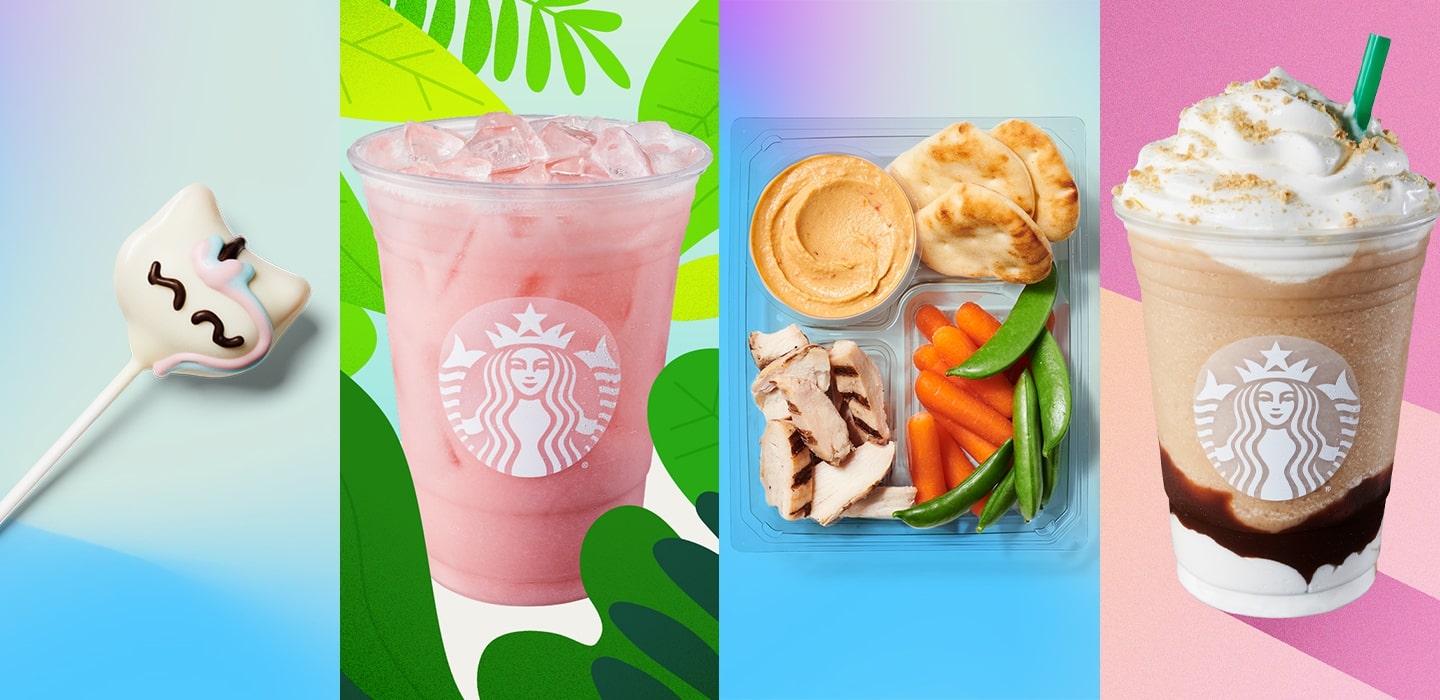Multi-segment Marketing Strategy: Everything you need to know!
Market segmentation splits a large audience into categories to generate tailor-made contents that attract individuals. Personalization of content will increase revenue and increase messaging performance. Segmentation involves examining the background of the individual to develop targeted marketing campaigns.
For example, understanding exactly who your target is will help you succeed with both if you want to introduce a content marketing and connect buildings campaign. Multi-segment marketing is an inexpensive way for potential customers to produce revenues efficiently.
What is a multi-segment marketing strategy?

Market segmentation divides prospective customers into distinct categories based on factors such as demographics, behavior, and different characteristics. The segmentation of the market would not allow marketers to explore a more accurate target demographic within a market, rather than mass marketing and broad messaging which would certainly not align with the largest and diverse groups.
And thus, multi-segment marketing divides a target market into several segments such that each segment is targeting a particular message or product. This method of marketing is used by companies to sell the same product into different segments and customize messages and contents to suit their particular requirements. This marketing strategy is also known as differentiated marketing.
The shift from your primary market to another segment can have different effects on your company. Consumers can view it as an indication that the product quality or product loss has decreased and you must join another market. In addition, the marketing effort is not now uniform but is now widely divided.
Marketing Mix 4Ps in Multi-segment marketing
Product: A company may represent the same product type, but each category must be distinguished. We may assume that, for instance, a clothes store sells various styles of clothing to girls, men, women, the elderly, etc., since the shop has clothing for people with differing needs and characteristics.
Price: Price can be differentiated, too. In a restaurant’s menu, both ordinary and high price items may be included, or signatures can be found at a higher price. People choose the food they want, based on affordability.
Promotion: For instance, a fitness center that attracts young and old must use various promotional resources. It will position its advertisements on social media platforms, attract young people and attract old people through newspapers, posters, or banners.
Place: For example, when a fashion label opened its shop in another place, occasionally distinction was used. The fashion label offers items that fit their accessibility, where people are living on a fixed average income. But the same model house offers various goods in a prosperous location at higher prices. There would be no differentiating similarities in both of the stores, as the two stores are run by a single organization.
Multi-segment marketing: Pros and Cons
Pros
Market niche

Businesses can easily aim for those niche markets in which rivals don’t have adequate customer services. The firms with the most suitable deals are those with the highest profitability potential.
Increased share
There is an indirect rise in market share. While a company can make each segment a separate offer, it must function as a single entity. When customers get to know the multi-segment campaign of a business, they become more aware of the goods of the company. This creates the growing credibility of the brand on the market and an attractive image.
Resource allocation

The needs and preferences of customers differ in every industry. If a company focuses on market-differentiated strategies and consumer expectations and desires are the basis for segmentation, the company can easily efficiently allocate available resources. It will allow the company to get a sight of all marketing objectives and achieve the objectives.
In-depth market evaluation
Multi-segment marketing allows you to thoroughly assess your future customers’ characteristics. To produce goods that understand and wish very particular consumer needs you can use data on your customers’ geographic, demographic and other characteristics. At the same time, you can follow a distinct approach, develop and sell products to meet the needs of certain demographic groups, allowing you to gain a competitive advantage.
Cons
High cost

It is a costly activity to customize and sell goods to each consumer group. The creation and variation of a new product mean more time and costs for research and development than the creation of a single product. In addition, businesses have to market and distribute the product to suitable target audiences to deliver distinguishing messages.
Affordability
Multi-segment marketing typically emphasizes the consistency of the products and the provided service. They are also not cheap and can compete with companies with lower prices. The diligence of products is a must for selling consumer value and quality.
Researching your customers’ pain points will help you create a plan that gives you the best solutions. You have to find the point of differentiation that makes sense for your brand everywhere.
Inconsistency
A major challenge is creating a consistent subject and reputation for your brand through multi-segment marketing. Branding is focused on instituting the brand over time, which is optimistic and precise. Multi-segment marketing could cause you not to send a clear bra such scattered messages.
Cannibalization

You might run the risk of potentially cannibalizing your goods by using multi-segment marketing. You can deter consumers from purchasing a more expensive product by designing and marketing too many variations on a similar product as they can have a “mini” version or a lower-cost alternative. In turn, you produce many goods to fulfill the marketplace if fewer products still are possible, which leads to cost disadvantages if you are too well targeted.
When should a business use multi-segment marketing
Before entering multi-segment marketing, a company must observe various aspects. First, the attention or recognition of your niche has to be analyzed. You may consider differentiation if you see it can reach a specific audience. Secondly, if you lose your competitive edge in the undifferentiated market, you may consider shifting the market. You can simplify the services at that time and start targeting a particular group of people. Lastly, nothing can benefit more than differentiated marketing if you want to improve the value of your business and have a distinct reputation for your services.
How to build a multi-segment marketing strategy
Step 1: Decide your key demographics

The first step in developing a multi-group marketing strategy is the identification of target markets. Take into account factors such as demographics, geographical location, habits, and preferences. You will find that for various reasons, consumers are inspired to buy a product. Analyze the demographic using software like Google Analytics as it will provide you with an insight into how best to provide your main audience with an attractive message.
Segmentation consists of the identification of components, such as behavior, perceptions, and product interests, which affect the success of the business. Consider how significant a community is based on the number of members when creating segments. You want to have different classes that can distinguish them from their counterparts. You don’t want a party that won’t answer your message wasting its time marketing. Develop an appreciation of the effects of buying decisions on the world of a consumer.
Step 2: Segment your audience

Audience segmentation can be done in several ways.
- Geographical segmentation
A target audience can be categorized geographically based on zip codes, countries, and counties. This approach brings together demographic and geographical details. This enables companies to develop more specific customer profiles. This is a perfect solution for businesses selling items such as clothes for certain areas.
- Psychological segmentation
The segmentation of psychographic includes separating people based on life, beliefs, and personality. To divide people into classes, interviews, surveys, and client data can be used. Behavior segmentation shows how consumers respond to goods and their different attitudes. This is a helpful way to assess how a product resonates with a particular group of people.
The demographic route is the one you should pursue if you want to concentrate more on age, gender, and income. Since it is easy to find information about individual histories on sites such as Google Analytics, this is a common way to design specific campaigns. Moreover, consumer preferences are closely linked to their circumstances.
- Demographic segmentation
The demographic route is the one you should pursue if you want to concentrate more on age, gender, and income. Since it is easy to find information about individual histories on sites such as Google Analytics, this is a common way to design specific campaigns. Moreover, consumer preferences are closely linked to their circumstances.
Step 3: Set out a marketing plan

After you have recognized distinctly different classes, take advantage of their differences. For each group, develop different marketing strategies. Although the sales volume can increase, the technique involving advertising materials and product design involves more effort. An organization should balance the advantages against costs before it embarks on multi-segment marketing strategies. An organization with limited resources to profit from a narrowing of its target audience should opt for a focused focus. This is a practice in which one section with one approach in mind is focused.
Step 4: Position your plan into actions

You should take the process of placing your results in a way that attracts customers’ attention by using some marketing strategy that you decide to adopt. The positioning of your name, product, or service means how you market your customers’ benefit. The objective is to win support and to surpass the sales efforts in the competition.
All your marketing materials need to be transparent with what they convey for your positioning to be accurate. The specifics of your target demographic, product statistics, competition list, and specific attributes should be included in your positioning strategies.
Step 5: Customize different communications

Most impactful campaigns depend on establishing positive connections with consumers, so you have to put yourself in and create a message that engages with them. It’s time to decide your messages, once you know about whom you are talking to.
To guarantee the right sets of customers to make the right decisions they need, each market segment should have its own unique landing sets, digital advertisements, blogs, and insightful content items. Retain that in your contact you always remain credible, meaningful, and workable, no matter which segment you are talking to.
Some multi-segment marketing strategies to leverage your business
1. Segment multiple market needs

If companies plan to sell a product or service, they can search for needs that either are not satisfied or can be satisfied differently. A specialization focused on the preference of the target segments. Marketers often decide to concentrate on basic requirements including convenience, cheap prices, efficiency, or personalized service. If businesses produce a product to be sold into more than one category, it is planned to meet a demand that occurs across all target groups.
In some situations, businesses will develop competing items that provide higher perceived advantages to establishing a strategy for multi-segment targeting. Procter & Gamble sells various laundry products, such as Tide, Downy and Bold, providing many advantages such as all-temperature use, fresh aroma, cleaning, and blanching. This enables you to cater to consumers who are not buying a brand but who are buying a different one.
2. Create various brands within a company
Many product ranges or labels are distributed in a way that targets several segments of businesses. For example, a snack food company can produce a product line under a different brand aimed at fitness consumers. Film studios also use the technique by marking particular genres that cater to various segments. Automobile companies can create an economical brand which appeals to certain levels of wealth and a luxury line to the opposite side of the scale.
3. Use product modification

Multi-segments target enterprises that sell the same commodity worldwide or to multiple areas with high preferences. The product can be changed to make sure that it is accepted or fulfills a specific need. For example, in some regions, food flavors that will not sell in others may be preferable. McDonald’s offers various menu products, such as Corn Pie in Thailand, in different countries based upon customer tastes, for example.
Along with the core product, selected flavors can be sold according to local preferences in some regions. International marketers may have to change products following local legislation and understanding of languages.
4. Use non-competing products
Companies developing a cost-effective distribution channel may decide to sell various types of products for different segments. These goods are not identical but can fill the same needs group.
An online business, for example, can sell books, clothes, music, and films. Consider Apple with laptops, music, and fitness equipment. The provision of one type of product line in several formats, such as conventional and digital, is another way of drawing attention to the technique-based segments.
5. Evaluate usage scorings

The evaluation of usage scores may also incorporate multi-segment marketing. Targeted marketing campaigns will boost sales for those who visit certain pages. Design an approach to cater to both groups for frequent users and medium users.
Multi-segment marketing will assist you in building innovative strategies for your audience.
Examples of successful multi-segment marketing
Disney

Disney has refined the art to assume that it exists solely for its entertainment value, rendering each of its principal markets, children, young people, and adults. The animation Disney movies and spin-off toys are aimed at children and preteens and adolescents on the Disney Channel, Disney Radio, and Live-Action movies. Experience of the adult mood in all Disney animated movies is known to adults. But you may be surprised to know that the Disney Store is also designed to appeal to you, particularly through your home section.
Starbucks

The differentiated strategy put Starbucks in its outlets. It has made people believe it’s shops to be a “third place,” which people will find for their home and office as an important place. Starbucks has made its premium presence in wealthy and expensive places, where customers can find their premium products on an affordable basis.
Gap

Gap would operate under an undifferentiated marketing plan if it was the only brand name the company advertised. Gap’s approach is also differentiated because there is Baby Gap, which appeals to a particular consumer segment. Drinks Giant Diageo follows simply the undifferentiated marketing strategy, creating or buying new products to fulfill the diverse requirements of demographic groups on drinking opportunities.
Final Words
You should consider the importance of each segment so that you can allocate your budget before you go after each segment with differentiated promotions. You might not be able to perform each campaign at the same time, which makes it crucial that each segment that has been established ranks because it is important for the company.
Multi-segment marketing provides businesses with a more secure way to achieve the desired response to consumers and prospective customers with tailored content and messages. Use technology to automate a large part of this process, organize and integrate the information.
New Posts

How To Set Up Google Analytics 4 For Your BigCommerce Store






